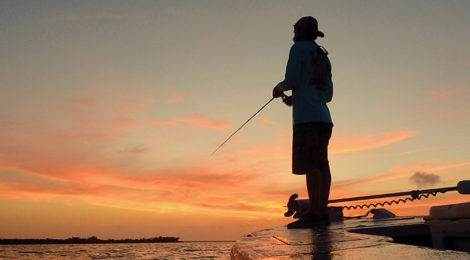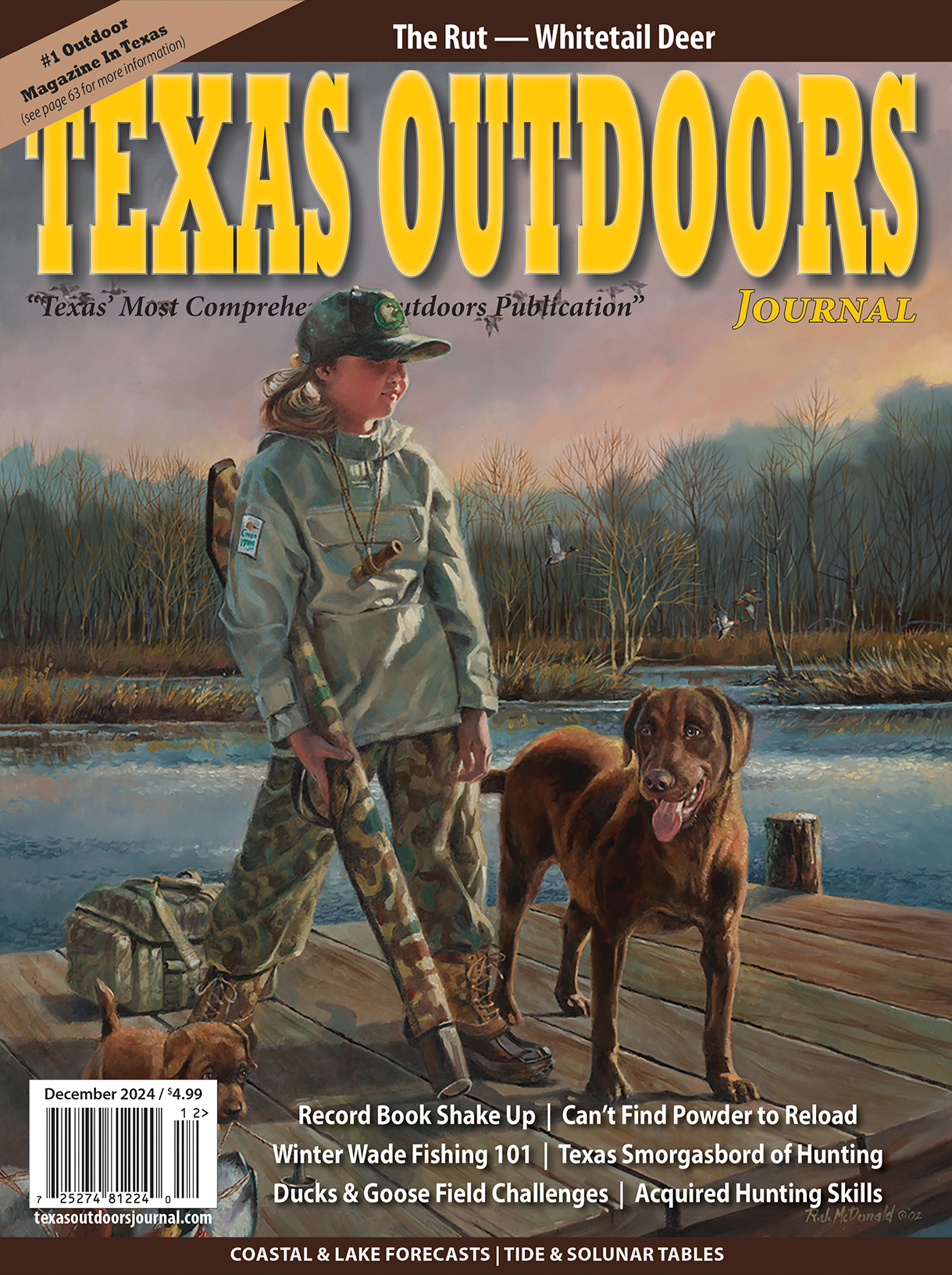
Fall into Upper Galveston Bay
Texas’ largest estuary offers premier autumn angling opportunities along its upper end.
Story and Photography by Nate Skinner
Thank God for northern breezes. Fall cool fronts are arriving and Texas anglers have put the dog days of summer in their rearview mirrors. The stifling heat has been replaced by more comfortable conditions plus the fish are becoming more aggressive with each passing day. Birds are working, hoards of shrimp are swarming, and some of the hottest action of the year is taking place as water temperatures begin to drop.
In the Galveston Bay Complex, anglers should look to the north to find a consistent bite. The upper portion of Texas’ largest estuary rules during the autumn months, and this region will continue to produce phenomenal catches as fall transitions into winter.
Upper Galveston Bay receives generous amounts of much needed nutrients from both the San Jacinto and the Trinity River watersheds, as well as from secondary bayous and creeks. Although these sources of freshwater inflows can make certain areas of the upper Galveston Complex highly susceptible to runoff, they are also what make this section of the system such a gold mine during the fall.
Marshes, back lakes, bayous, and creeks within the watersheds located in Upper Galveston Bay serve as nursing grounds for a variety of species, including baitfish, shrimp, and other crustaceans. When the northwest winds associated with cold fronts drop water levels in these shallow areas, baitfish and shrimp are forced to leave and enter main bay waters.








